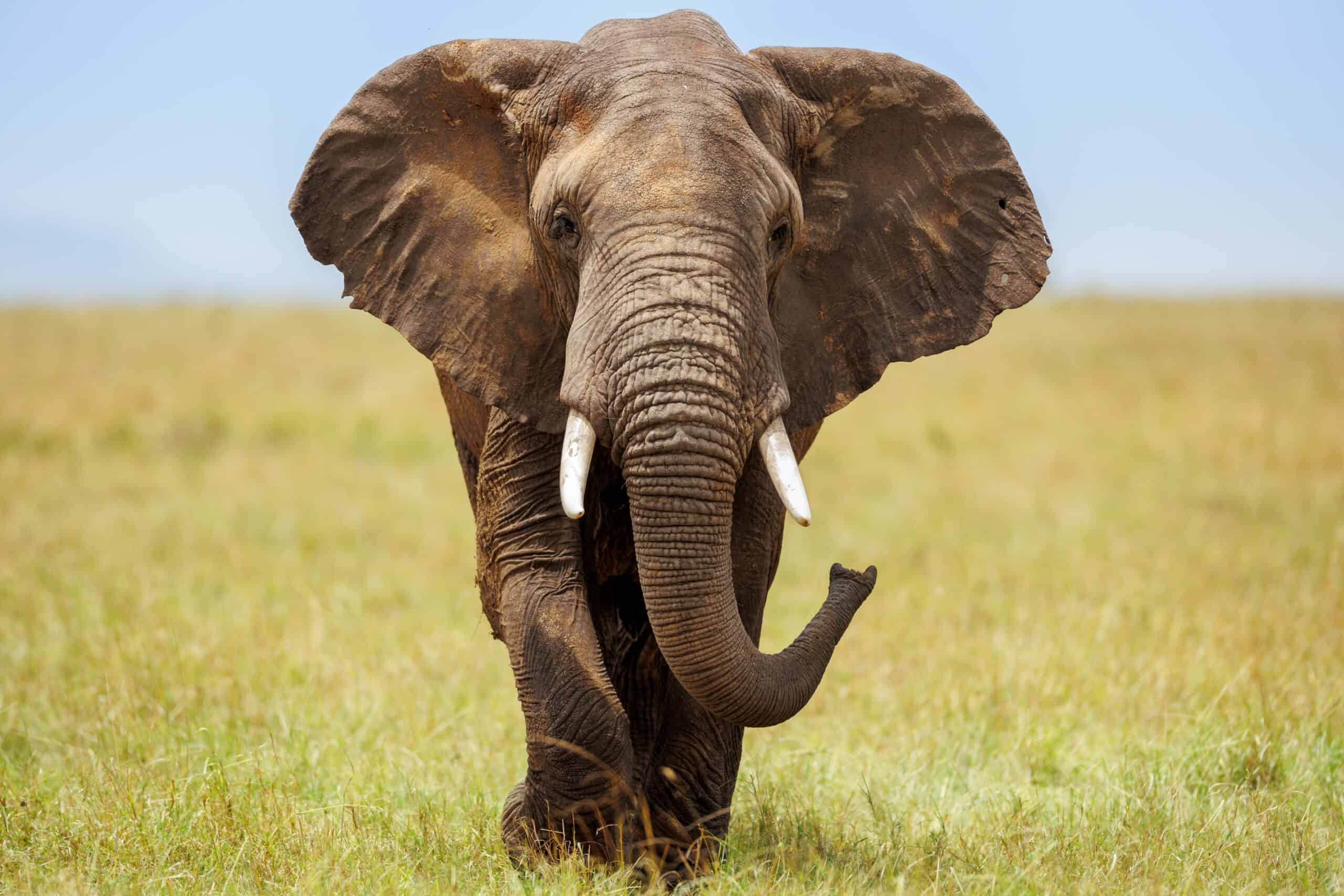Animal migrations are among the most awe-inspiring events in the natural world, showcasing the incredible journeys that species undertake to survive and thrive. These migrations, whether by land, sea, or air, span vast distances and are driven by the need to find food, reproduce, or escape harsh weather conditions. From the majestic humpback whale crossing oceans to the delicate monarch butterfly fluttering across continents, each migration tells a unique story of endurance, instinct, and the interconnectedness of life on Earth. Here are 13 remarkable animal migrations that highlight the wonders of nature’s annual odysseys.
Wildebeest Migration in the Serengeti
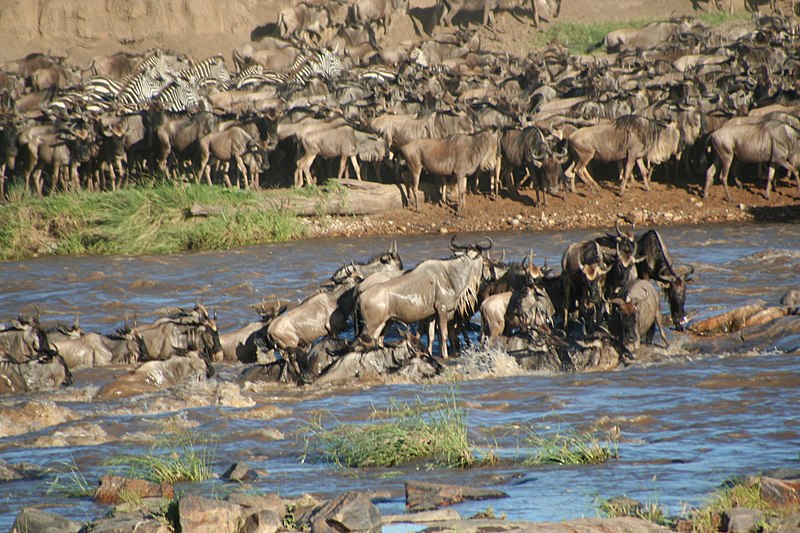
The annual migration of over 1.5 million wildebeest, along with hundreds of thousands of zebras and gazelles, is a dramatic spectacle in the Serengeti-Mara ecosystem. Driven by seasonal rains and the search for fresh grass, these animals embark on a circular journey of around 1,200 miles. The migration is fraught with danger as the herds face predators like lions and crocodiles, particularly when crossing the Mara River. This perilous crossing is one of nature’s most gripping events, with survival depending on both speed and luck. It’s a breathtaking demonstration of the interconnectedness of species within this ecosystem.
Monarch Butterfly Migration in North America
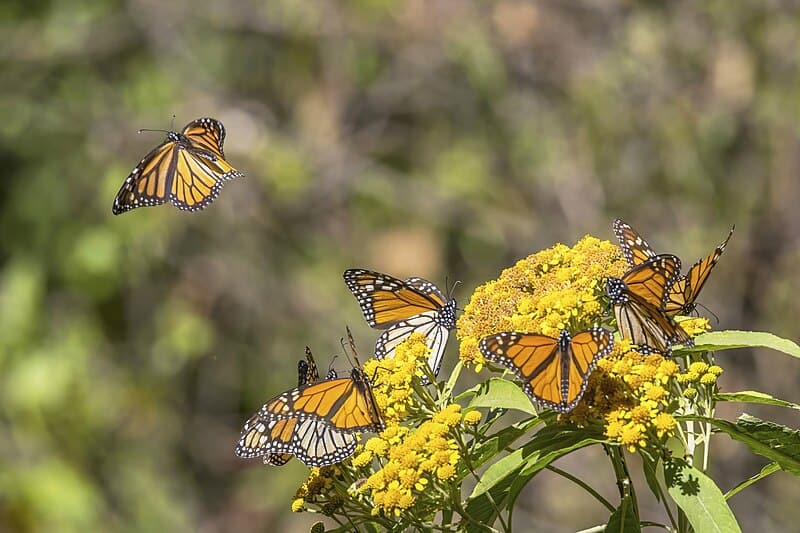
Every year, millions of Monarch butterflies undertake a remarkable journey from North America to the forests of central Mexico. This migration spans thousands of miles, with butterflies traveling up to 100 miles a day. These delicate insects rely on internal cues and environmental factors to navigate their way, despite never having made the journey before. Upon arrival, they cluster in large groups on oyamel fir trees, creating a mesmerizing display of orange and black. The Monarchs’ migration is a unique combination of endurance and instinct, passed down through generations.
Caribou Migration in the Arctic
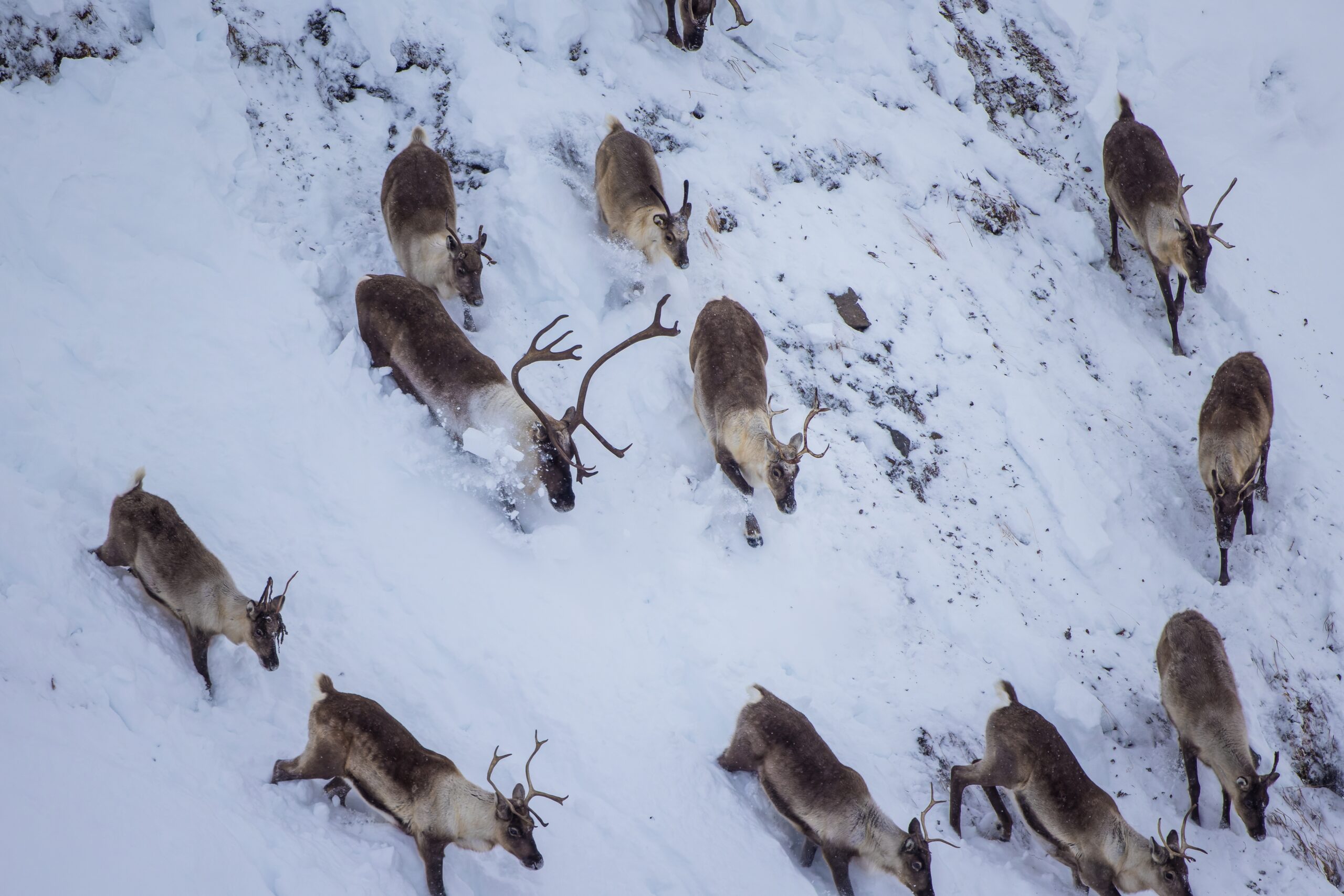
The caribou, or reindeer, perform one of the longest terrestrial migrations on Earth, traveling up to 3,000 miles annually across the Arctic tundra. This migration is driven by the need to find suitable calving grounds in the spring and fresh grazing areas in the winter. Caribou herds can number in the hundreds of thousands, moving in unison through harsh, frozen landscapes. They face threats from predators like wolves and changing climate patterns, which affect their migratory routes. The caribou’s journey is a testament to their resilience and adaptation to extreme environments.
Humpback Whale Migration
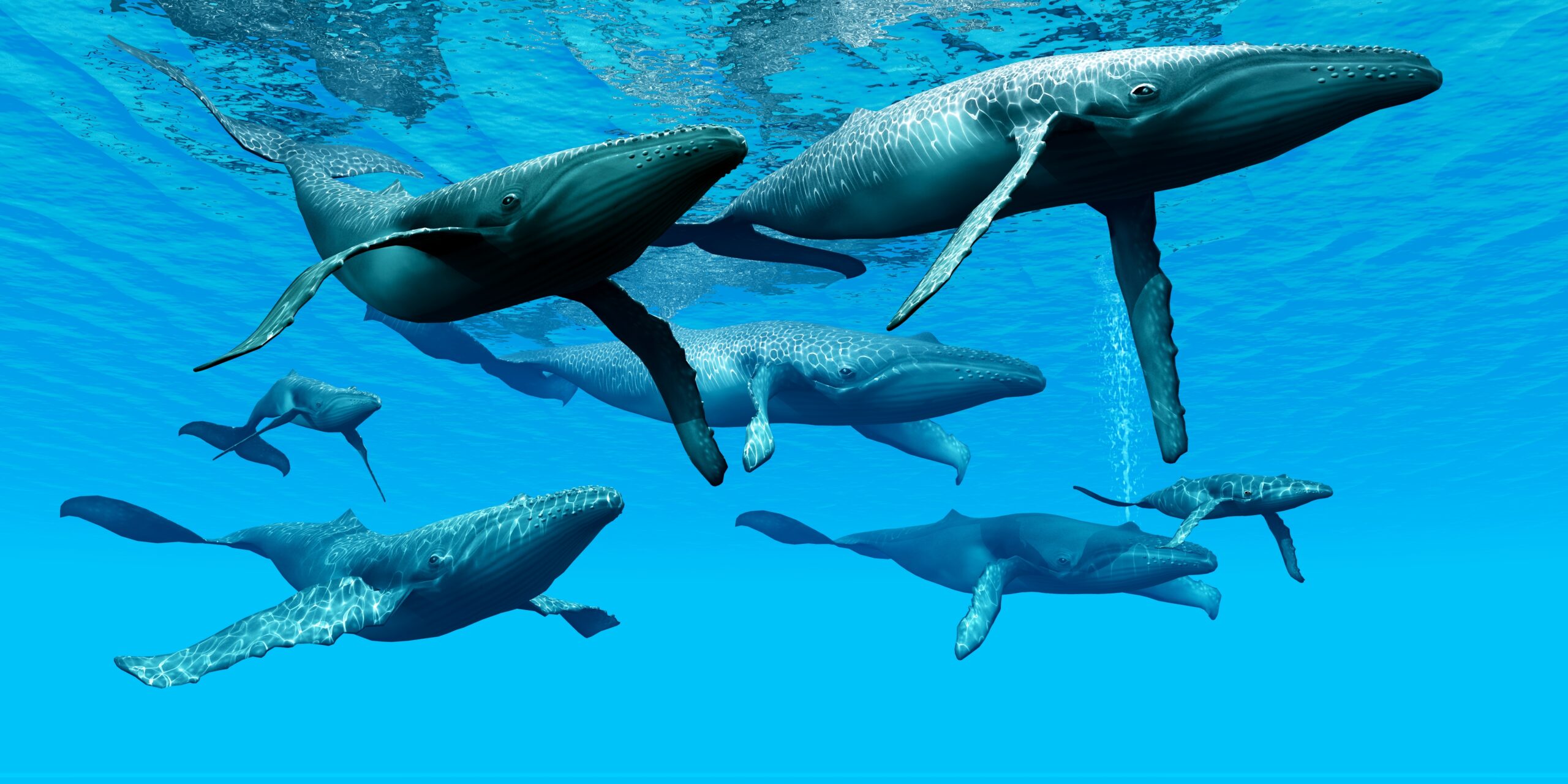
Humpback whales undertake a long and arduous migration from their feeding grounds in the polar regions to warm tropical waters where they breed and give birth. Covering up to 5,000 miles each way, these gentle giants rely on their fat reserves to sustain them during this journey. Along the way, they navigate using an incredible sense of direction, possibly guided by the Earth’s magnetic field. During the migration, they are known for their acrobatic displays, including breaching and tail slapping. The humpback whale’s migration is an incredible feat of endurance and navigation in the ocean.
Arctic Tern Migration
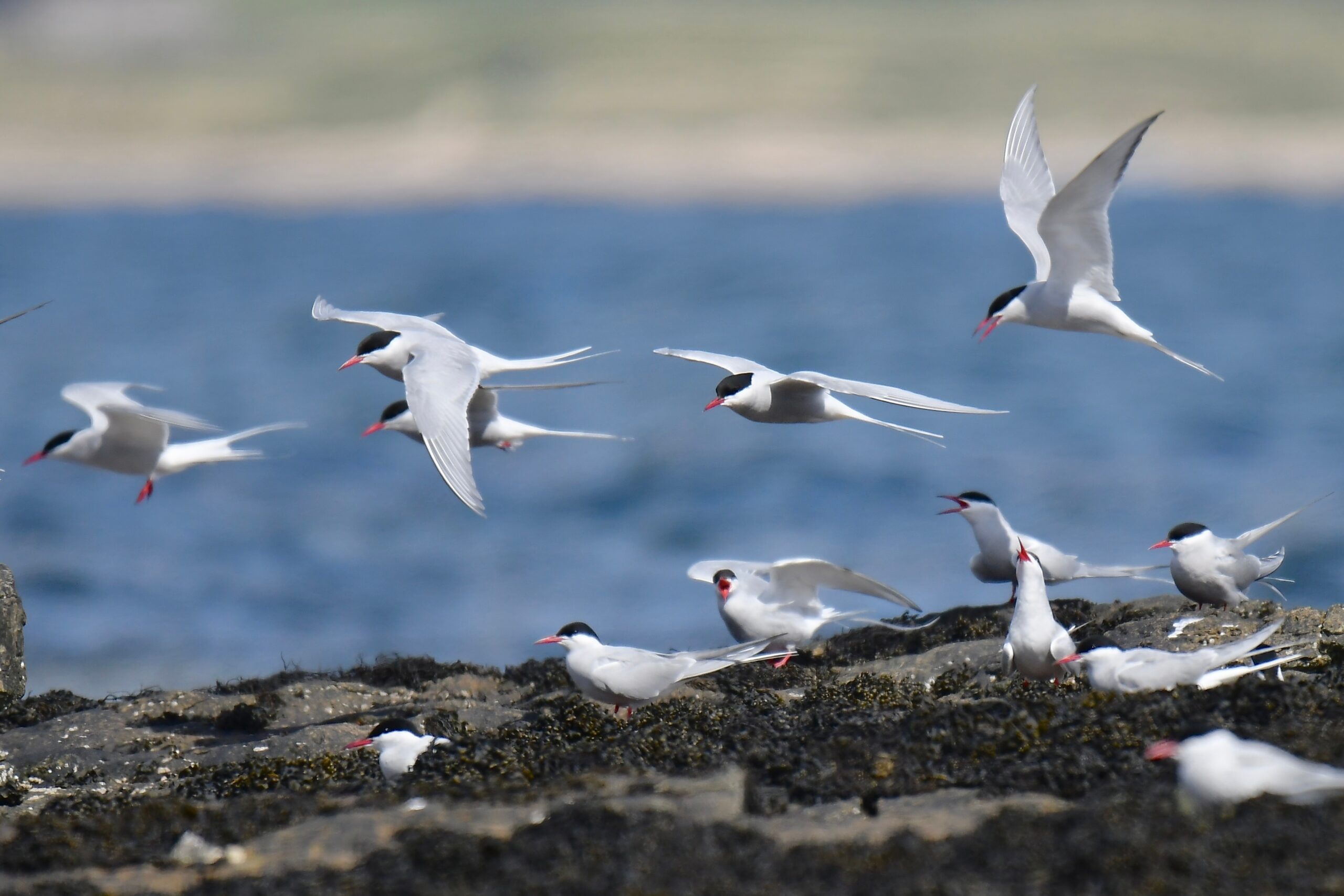
The Arctic tern holds the record for the longest migration of any bird, traveling from its breeding grounds in the Arctic to the Antarctic and back each year. This round-trip journey spans an astonishing 44,000 miles, allowing the tern to experience two summers every year. Along the way, these birds follow a zigzagging route to take advantage of prevailing winds. The Arctic tern’s migration is not only a test of endurance but also a marvel of aerial precision. Their journey symbolizes the extremes of avian life, from icy poles to the warmer reaches of the Earth.
Zebra Migration in Botswana
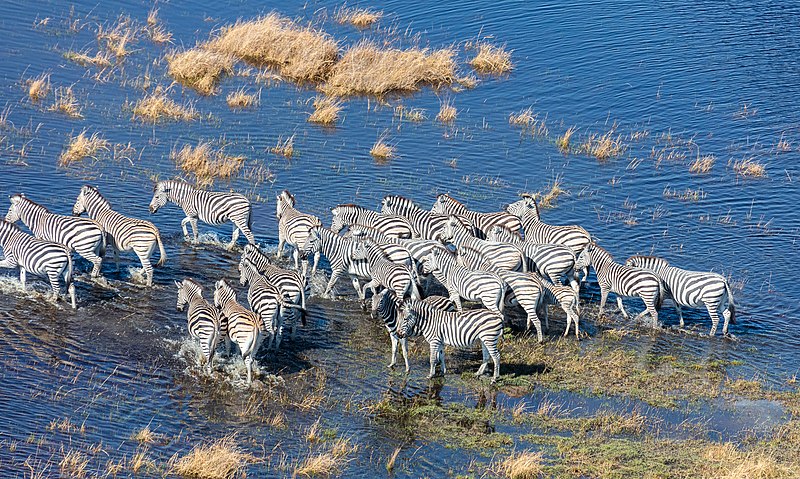
In Botswana’s Makgadikgadi and Nxai Pan National Parks, zebras undertake the longest terrestrial migration in Africa. Each year, these animals travel more than 300 miles in search of water and grazing grounds. The migration follows the seasonal rains, with zebras often moving in vast columns across the plains. Their journey is essential for maintaining the health of the grasslands, as their grazing patterns prevent overgrowth and promote biodiversity. The zebra migration is a critical component of the ecosystem, highlighting the delicate balance of nature.
Red Crab Migration on Christmas Island
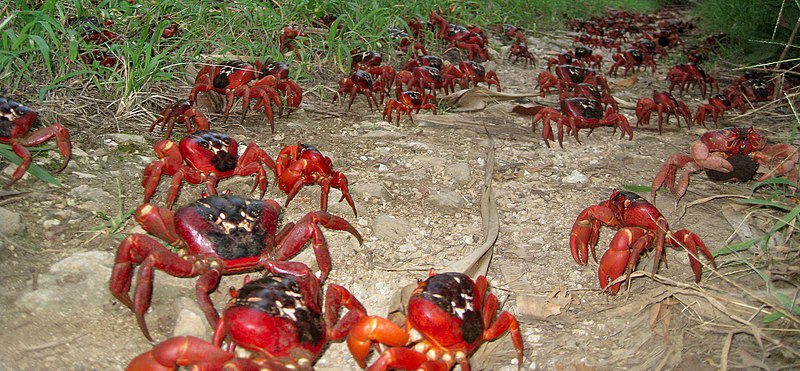
Each year, millions of red crabs migrate from the forests of Christmas Island to the coast to breed and lay eggs in the Indian Ocean. This migration, synchronized with the lunar cycle, is a vibrant spectacle, with crabs covering roads, beaches, and even climbing walls. The journey is dangerous, as they must cross human infrastructures and avoid predators. Once the eggs are laid, they hatch into larvae that are carried out to sea before returning to land to grow into adults. The red crab migration is a remarkable natural event, showcasing the unique life cycle of this species.
Elephant Migration in Botswana
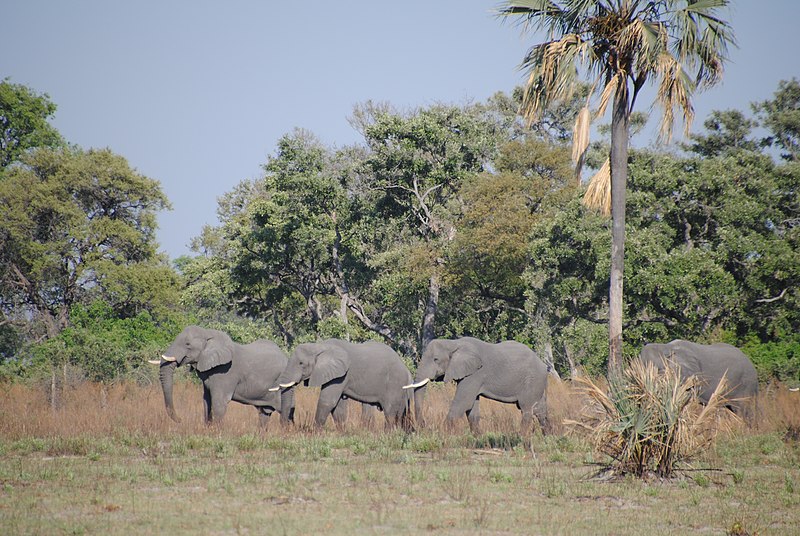
In northern Botswana, elephants embark on long migrations in search of food and water, moving across vast distances within the Okavango Delta and beyond. These intelligent animals follow ancient routes, often led by matriarchs who remember the paths taken by previous generations. The migration is crucial for their survival, particularly during the dry season when water becomes scarce. Along the way, elephants play a key role in shaping the landscape, creating waterholes and clearing vegetation. Their migration is a vital part of the African savanna ecosystem.
Leatherback Sea Turtle Migration
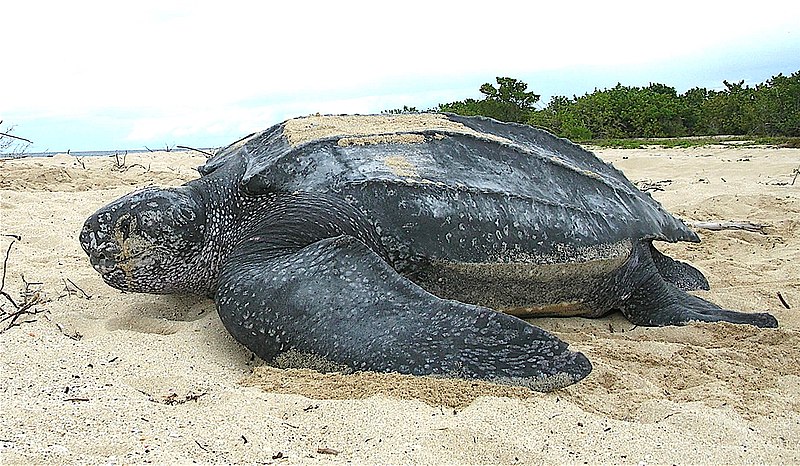
The leatherback sea turtle, the largest of all sea turtles, undertakes one of the longest migrations in the animal kingdom, traveling across the Atlantic and Pacific Oceans. These turtles migrate from tropical nesting beaches to colder feeding grounds, covering thousands of miles each year. Guided by the Earth’s magnetic field, they return to the same beaches where they were born to lay their eggs. The migration is perilous, with threats from fishing nets, pollution, and coastal development. The leatherback sea turtle’s migration underscores the challenges faced by marine species in a rapidly changing world.
Sooty Shearwater Migration
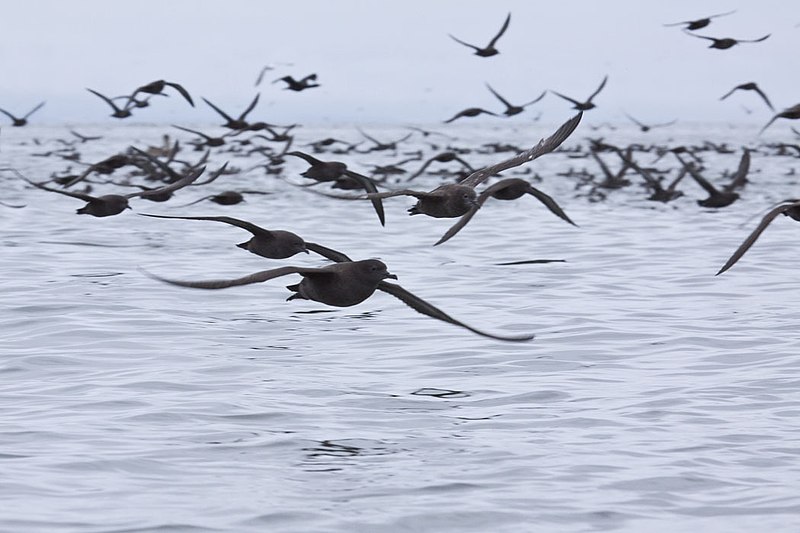
Sooty shearwaters are small seabirds that embark on an epic migration, covering up to 40,000 miles each year as they travel between breeding grounds in New Zealand and feeding areas in the North Pacific. These birds follow a figure-eight pattern across the ocean, taking advantage of wind currents to conserve energy. Their migration is one of the longest known for any animal, with some individuals flying over 620 miles in a single day. The sooty shearwater’s journey highlights the incredible endurance and navigational abilities of seabirds. This migration is crucial for accessing the rich feeding grounds that sustain their populations.
Dragonfly Migration
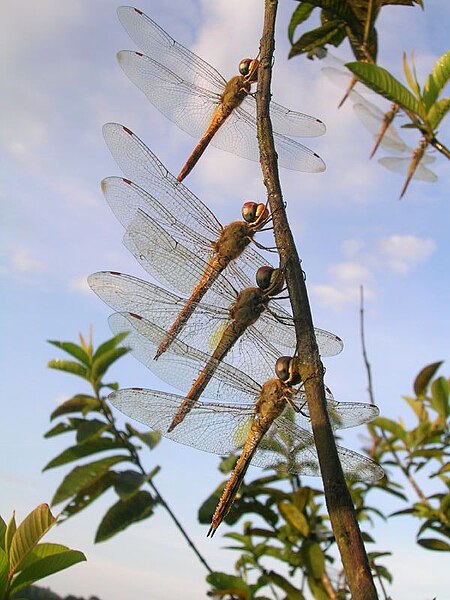
The globe skimmer dragonfly, Pantala flavescens, holds the record for the longest insect migration, flying over 11,000 miles between India and Africa. These tiny insects cross oceans and continents, relying on wind currents to assist their journey. Along the way, they breed, and successive generations continue the migration. This incredible journey takes them across the Indian Ocean, where they may encounter harsh weather conditions. The dragonfly migration is a testament to the resilience of insects, capable of traversing vast distances despite their small size.
Pronghorn Migration in North America
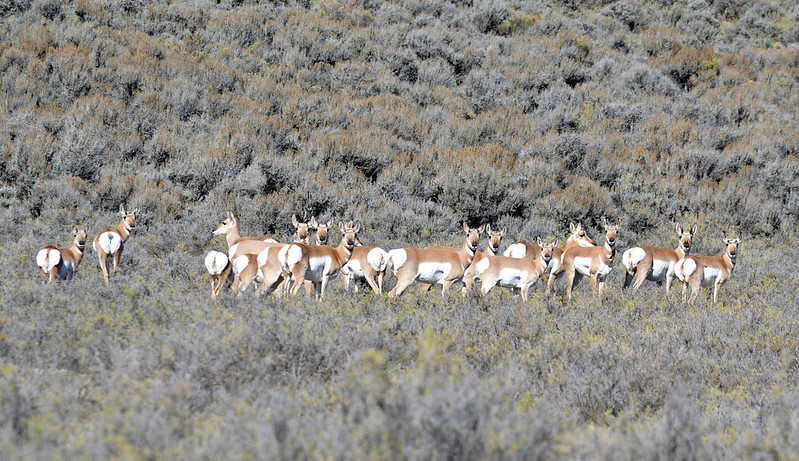
The pronghorn, North America’s fastest land mammal, undertakes a seasonal migration in Wyoming, covering over 150 miles between summer and winter ranges. This migration, known as the “Path of the Pronghorn,” is one of the longest terrestrial migrations in the Americas. The pronghorns navigate through narrow mountain passes and across open plains, facing threats from human development and fences. Conservation efforts have helped to protect this ancient migratory route, ensuring that the pronghorn can continue its journey. The pronghorn migration is a symbol of the wild, open landscapes of the American West.
Bat Migration in Central Africa
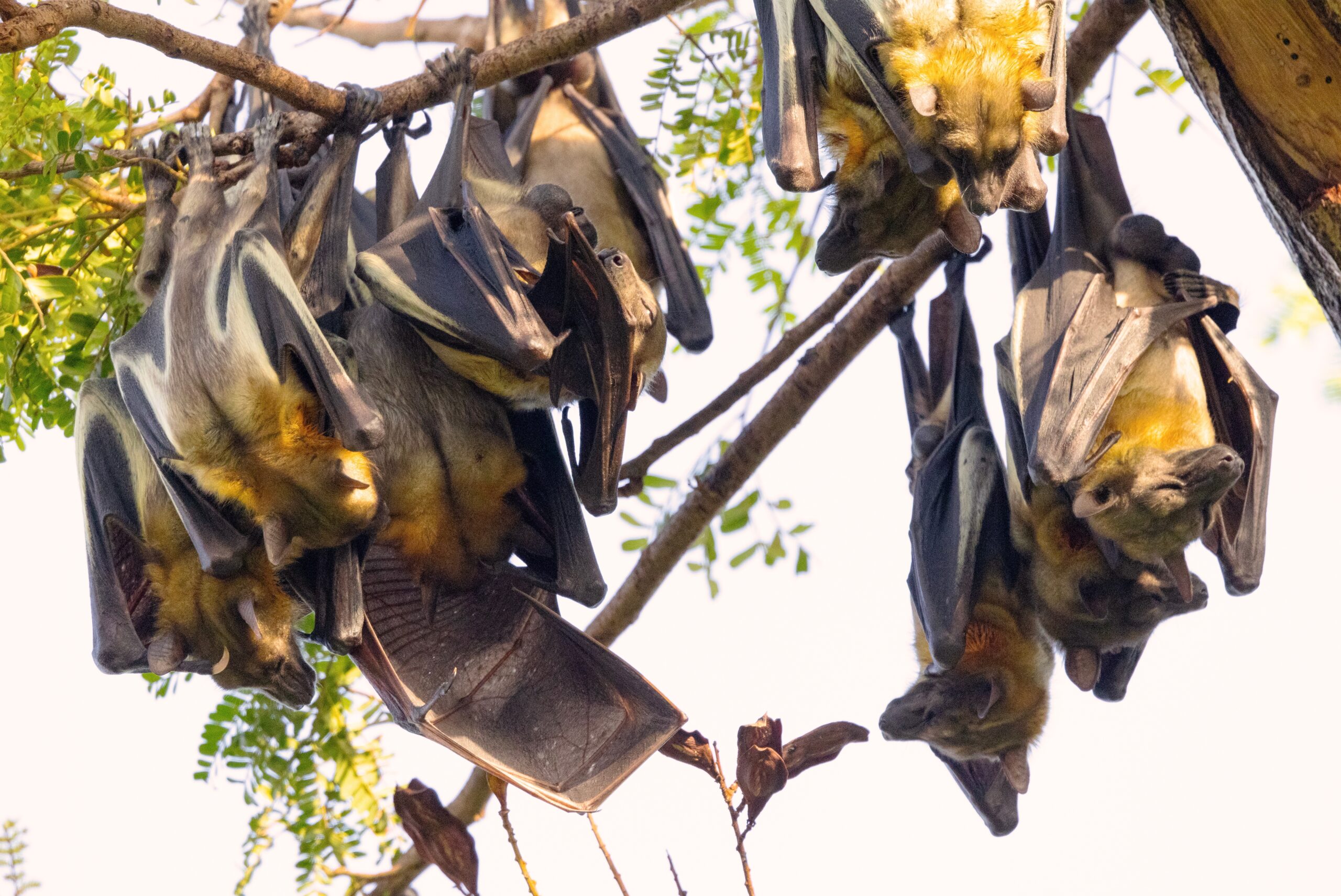
In Central Africa, millions of straw-colored fruit bats migrate annually to the Kasanka National Park in Zambia, creating one of the largest mammal migrations in the world. These bats travel up to 1,500 miles from the Congo Basin to feast on the abundant fruit in the park. The migration is timed with the rainy season, which triggers the fruiting of trees. As the bats arrive in the park, they create a spectacular sight, filling the sky at dusk with their wings. The bat migration plays a crucial role in seed dispersal and forest regeneration, illustrating the importance of bats in tropical ecosystems.
This article originally appeared on Rarest.org.
More From Rarest.Org
The entertainment industry is fueled by the talent agencies that shape the careers of top artists. These agencies are known for their powerful connections and lucrative deals. Their influence extends across film, television, music, and more. Read more.
20 Most Coveted Vines and Climbers for Landscaping
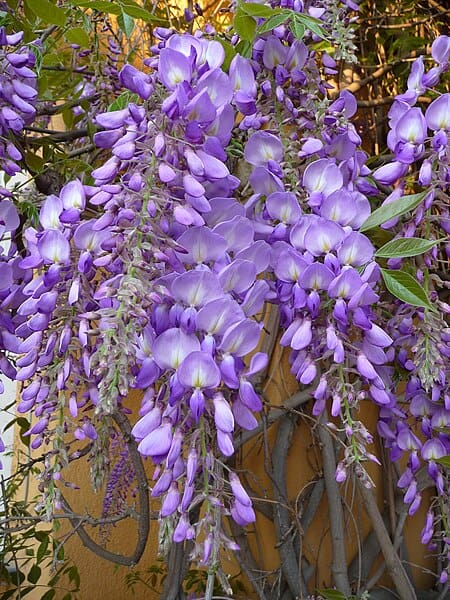
Vines and climbers are essential for adding vertical interest and lush greenery to any garden or landscape. These versatile plants not only enhance the aesthetic appeal of your outdoor space but also provide shade, privacy, and even fragrant blooms. Read more.


